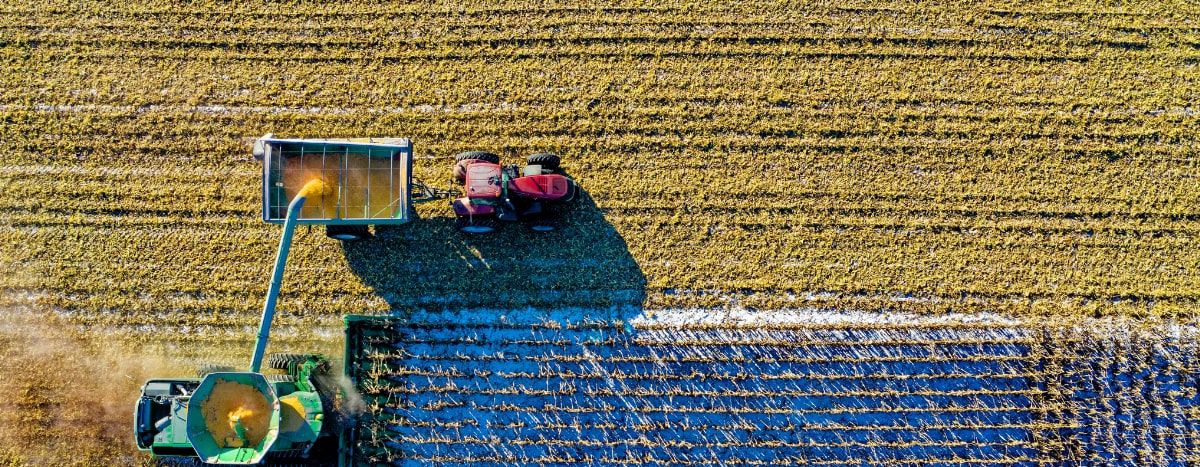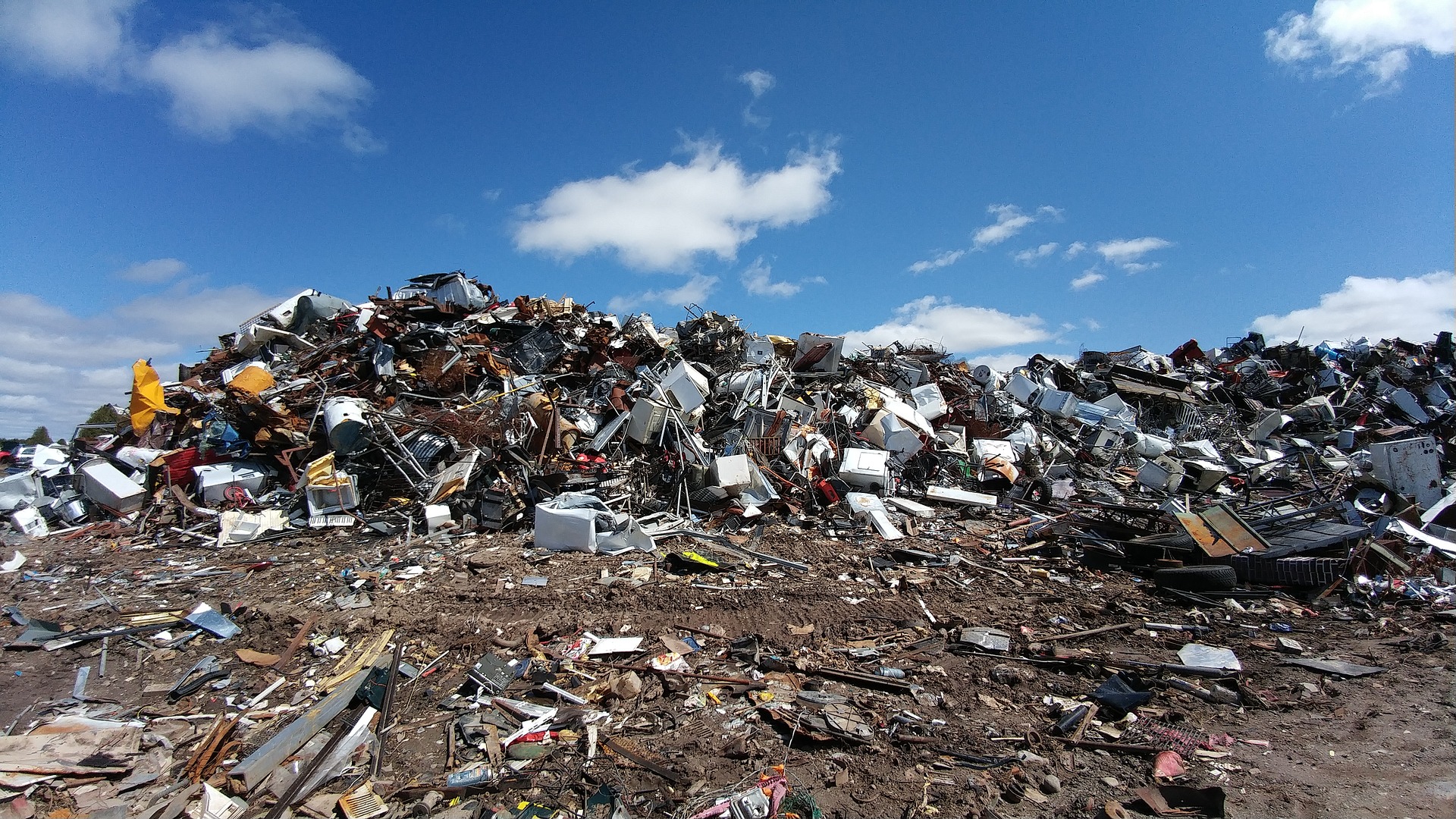
A journey through Italy's contaminated lands
Published on
Translation by:
Irene AndreoniSoil contamination due to criminal or industrial activities is widespread in various areas across Italy. For years, citizens have been denouncing the catastrophic impact on public health, while being labelled as alarmists by politicians. Despite promises of action from the national and European institutions, doubts remain. How can we be sure that transition and re-conversion won't prove a wasted opportunity?
Poisonous lands
According to a study by the ISS (National Institute of Health) and the local health authority of Taranto, in Puglia, children from the Tamburi neighbourhood have a lower IQ than kids living in other districts. These children live closest to the former Ilva plant; the biggest steel factory in Southern Italy.
Further north, up the peninsula, the students at the Grazia Deledda school in Brescia are forbidden from playing on the grass in their school's courtyard. Instead, they are confined to a concrete platform. A city regulation prohibits them from touching the ground (as well as planting edible gardens, or feeding animals with produce from the area). For over forty years the Caffaro river has been polluted by PCBs, composites similar to dyoxines, that have contaminated the soil.
In the ‘Terre dei fuochi’ [Land of Fires], between Naples and Caserta, a disproportionate number of infants below the age of one are hospitalised. 7,000 more of them suffer from health complications per year compared to the national average. Annually there are 22,000 such cases in under 14’s. These individuals face respiratory problems such as asthma, as well as a high incidence of tumours and mortality. This data has been made public by Sentieri, Studio Epidemiologico Nazionale dei Territori e degli Insediamenti Esposti a Rischio di Inquinamento, who investigated 45 SINs (Sites of National Interest) or former SINs.
According to a 2006 law, these areas are classified as contaminated and they require reclamation. Sentieri links the high percentage of mortality and tumour incidence, and other factors that impact on inhabitants of SIN areas, highlighting that 60% of the population living in the most dangerous zones belong to the lower social classes. The poorer you are, the more your neighbourhood is left behind, the more you get sick.
The poorer you are, the more your neighbourhood is left behind, the more you get sick.
Where do the poisons come from?
Many of the poisons are a byproduct of industrial development. As Maura Peca, researcher at the Centre for the Documentation of Environmental Conflicts, explains: "Looking at the distribution of SINs we can see a map of 20th Century Italy: some contaminations come from the war, or the chemical and carbon industries from the beginning of the century. Some other territories have to live with the consequences of the oil industry, which boomed between the two wars. Other areas suffer from the mass consumer industries, such as cars, electrical appliances and plastic items which became widespread after World War II."
There are 42 SINs in Italy today, and they are present in every Italian region with the exception of Molise. Initially there were 58, but some areas have been de-classified as SIRs (Site of Regional Interest): they are equally contaminated, but it is the regional administrations who are responsible for their reclamation. There are almost 35,000 of these SIRs. These areas are the result of last century's industrial development, of factories that – often on closing – left behind social gaps and health issues. But they are also connected to other kinds of contamination due to ‘more-or-less-legal’ garbage disposal practices: short-sighted politics (like incineration), landfills filled with unsorted waste materials over the years, illegal dumping, silting of dangerous waste and toxic fires.
Vincenzo Forino, President of the Terra Phoenix Association, describes these activities as “the product of a mix of criminal entrepreneurship, organised crime and often corrupt, complicit or inattentive politicians. For many decades, prominent civil society groups have been denouncing these practices which were created both to save money on disposal costs and, especially in certain suburbs of big cities, to eliminate waste produced by activities linked to the black market."
"These activities are the product of organised crime and politics"
A case study: the ‘Terre dei fuochi’
The ‘Terre dei fuochi’ and its so-called Death Triangle (the towns of Acerra-Nola-Marigliano) have often been in the media spotlight. For years, citizens have been denouncing the catastrophic impact on public health, while being labelled as alarmists by politicians. In 2007 a study by the WHO, ISS, the National Research Council and the Campania Region confirmed what the inhabitants of the area already knew: “mortality for all causes has risen notably for men in municipalities in the Caserta (19%) and Naples provinces (42%); and for women by 23% in Caserta and 47% in Naples.”
These numbers are shocking in-themselves, but the material effects are even more so. Every family has seen at least one death. In a single apartment building there are two, three or even four severely ill tenants. Residents struggle to count the number of acquaintances with cancer on their fingertips. 2013 marked a breakthrough. That year the former camorra member Carmine Schiavone told the newspaper Il Fatto Quotidiano that for decades he had been coordinating the dumping of toxic waste, and had already revealed his activities to the Interior Minister at the time, Giorgio Napolitano, during a secret meeting. Following the revelations, these facts, which had previously been known by just a few hundred territorial committees, provoked popular protests which lasted for months, culminating in a demonstration of over 150,000 people in the region’s capital, Naples.

The role of the institutions
While awareness has been raised exponentially thanks to the efforts of formal and informal groups, of tireless mums of sacrificed children, local parishes, networks of local GPs, farmers and technicians, the material effects have been scarce. The special law relating to the ‘Terre dei fuochi’ was approved seven years ago, but the citizens of Campania continue to breathe poisonous fumes. The 2019 survey by Sentieri confirms that the toxic effects have not diminished, and the attitude of politicians has not changed. The current President of the Region has, in fact, accused activists of being part of a terrorist organisation, and accomplices of organised crime.
The story of the ‘Terre dei fuochi’ is only the most notorious example of a problem that involves the whole country. When you add contamination from organised crime to that produced by industrial activities 3% of Italian territory is affected. Despite the urgency, however, the process of reclamation is moving slowly. Only 15% of SINs have been transformed. Meanwhile there are over 16,000 SIRs that have not even reached the analysis stage.
Ecological transition has become a shared goal for many in Europe, but the situation is still not improving. The 'National Recovery and Resilience Plan' which the Italian government elaborated for the Next Generation EU program, dedicates little to no space to the necessary task of reclaiming these territories. There is no emphasis on intervention, or transformation of the conditions that led to the current situation. On the contrary, the only innovation mentioned in the document is ‘technological progress.’
In the National Recovery and Resilience Plan there is no intervention on the conditions that led to the current situation.
The factory of death is still open
The former Ilva plant in Taranto – also known as ‘the factory of death’ – epitomises the current situation. Those expecting the closing of the facilities have had to confront astonishing technological projects designed to ‘save’ the factory. The old facilities, poisonous emissions, an appalling slew of 'white deaths', the drop in global steel demand, the 4,000 employees on short term contracts were not deemed sufficiently important factors to to avoid the factory being bailed out. Since 2012, when a judge ordered the plant’s seizure due to the threat to public health for the first time, there have been 12 "Ilva-saving" decrees, leading to thousands of deaths. As Virginia Rondinelli, of the ‘Committee of Free and Thinking Citizens and Workers of Taranto', puts it: “When you come from a homeland like mine and you hear talk about ecological transition, you well-know that you shouldn’t fall for illusions. Our city's factory has been polluting and killing for sixty years, but even now with the re-writing of the PNRR, even now that everybody seems to want to rebuild a sustainable and ecological Italy and Europe, the Government is still refusing to contemplate shutting it down."
"The former Ilva pollutes and kills, but even now the Government is refusing to contemplate shutting it down"
What ecological reconversion?
There is a risk that reconversion ends up being a wasted opportunity for the drastic overthrow of economic, industrial and environmental policies that Italy so desperately needs. Once again, the dominant interests here are economic. The Next Generation will inherit a battered land without prospects of growth. All they are faced with is a form of short-sighted and purely technological innovation that denies the need for radical change that the European institutions and hundreds of thousands of citizens are calling for, to shape the post-pandemic world.
Translated from Viaggio nei territori contaminati d'Italia



